No matter where you fall on the dietary spectrum, legumes (soy, beans, peas, lentils, peanuts etc.) are some of the most hotly debated foods on anyone’s plate. We’re all familiar with vegetarian and vegan diets that swear by legumes as a superior substitute for animal protein. But aside from those with edible pods, legumes are eliminated on the Paleo diet. What does research show us about legumes—and why do we exclude most of these foods from a nutrient-dense diet?
Today, I’m going to bust three of the most common myths about legumes using (you guessed it) science!
 Myth 1: Beans (legumes) are a good source of carbohydrates, especially for diabetics.
Myth 1: Beans (legumes) are a good source of carbohydrates, especially for diabetics.
While it is true that beans have a high concentration of slow-burning carbohydrates, the the same compounds that ensure the carbohydrates in legumes hit our bloodstreams gradually (a boon for blood sugar regulation) can also contribute to increased intestinal permeability, or what most of us call “leaky gut”.
A leaky gut occurs when the cells that for the lining of the small intestine (called enterocytes), or the proteins that bind them all together, become damaged or altered. This allows incompletely digested proteins, bacteria from your gut, and wastes that would otherwise be excreted to leak through the microscopic holes in your intestinal wall, causing the immune system to mount a response against these tiny intruders (see What Is a Leaky Gut (And How Can It Cause So Many Health Issues)?). As the problem gets more severe, the immune system stops being able to contain it, and inflammation can become body-wide in addition to toxins from the gut getting into the bloodstream. As I discuss in detail in The Paleo Approach, leaky gut is a major contributor to autoimmune disease.
Beans are recommended as a good source of carbohydrates for diabetics, because, when they are digested, saponins are released. Saponins exist in some quantities in all plants and are a source of defense for plants to fight against invasion and infection from microorganisms as well as insects. In the gut, they embed within the enterocyte cell membranes to create crater-like pores (see How Do Grains, Legumes and Dairy Cause a Leaky Gut? Part 2: Saponins and Protease Inhibitors). These pores inhibit the transport of sugars across the cell and into the body by interfering with the sugar transporter proteins in the cell membrane. From a nutritional perspective, the net effect of the saponin pores are that carbohydrates are absorbed more slowly, making legumes a “low glycemic index” source of carbs. Thus, the slower transport of sugar into the bloodstream has been perceived as a benefit for years. However, when there are too many saponin pores in a cell membrane (or those pores are too large or very stable), the cell can actually die (via a mechanism called apoptosis) and this can lead to leaky gut.
Legumes also contain a type of problematic lectin called agglutinins (see Are all lectins bad? (and what are lectins, anyway?) and Why Grains Are Bad–Part 1, Lectins and the Gut). Agglutinins affect the type of bacteria that like to grow in our guts in a negative way, typically preferentially overfeeding certain undesirable strains like E. coli. There are three known mechanisms through which agglutinins can enter the body (which appear to be independent of genetics, although more studies are required) where they are known to stimulate the immune system in a big way. Plus, agglutinins can damage enterocytes as they enter the body, contributing to a leaky gut. There’s definitely a spectrum here, some agglutinins are worse that others, and some are deactivated by soaking and prolonged cooking, but overall, consuming beans and other legumes for their carbohydrates isn’t worth the damage done to our gust!
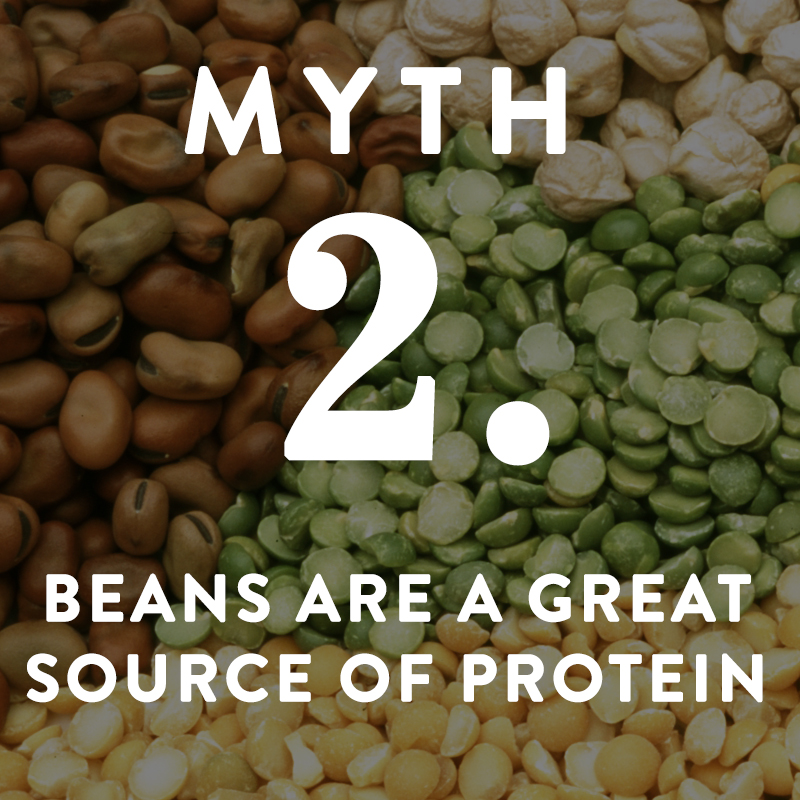 Myth 2: Legumes are a great source of protein.
Myth 2: Legumes are a great source of protein.
In one sense, it’s easy to understand how legumes became such a staple in vegan and vegetarian diets. When people following these diets eliminate meat, they are suddenly faced with the challenge of replacing the protein that they would have gotten from animal products. Thanks to decades of misinformation, legumes, especially the soaked and sprouted variety, are frequently recommended not only as a solution to an otherwise protein-deficient diet but as a quality protein for everyone! However, even though soaking and sprouting legumes does make the protein in them more bioavailable and easier to digest, that doesn’t mean they actually contain the right types of protein (see Plant-Based Protein: What is its Role in the Paleo Diet?).
The proteins found in legumes are not (with a couple of exceptions) complete proteins, meaning that they do not contain all of the essential amino acids that humans need to function optimally. Plus, plant proteins are harder for our bodies to digest and use and have lower Digestible Indispensable Amino Acid Scores than animal proteins. This, combined with the low protein density of legumes (especially if you were to compare them to an animal protein source; you typically get 3g of carbs for every 1g of protein in legumes, at best) makes them an inferior source of protein. For those who prefer to follow a vegetarian version of the Paleo diet, I encourage both the consumption of eggs and high-quality grass-fed dairy (if tolerated) as well as considering a pescetarian Paleo diet (one that includes fish) as an alternative.
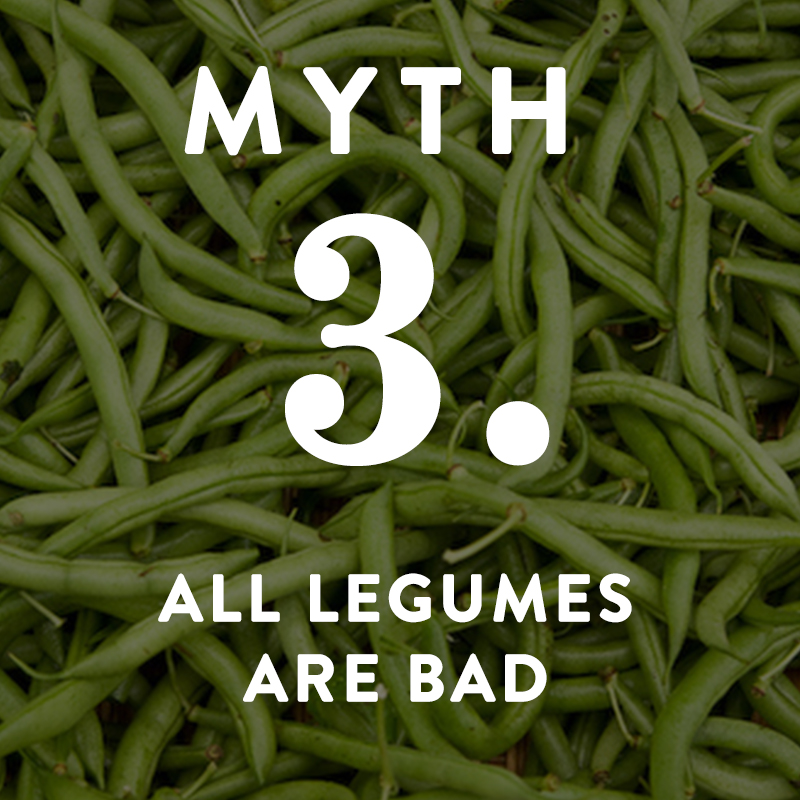 Myth 3: All legumes are bad.
Myth 3: All legumes are bad.
“But wait,” you cry—”what about legumes with edible pods? What about green beans and snow peas?” Unlike their bean-ier cousins, legumes with edible pods have a relatively low agglutinin content and tend to contain agglutinins that are more completely and easily deactivated by heat (i.e., cooking). So, simply steaming these types of legumes should be enough to render them nearly harmless. They also tend to have low concentrations of phytates compared to other legumes, another potentially gut-irritating compound. Combined with some compelling nutrition contained in the pod (including, vitamins, minerals, fiber and phytonutrients), the scale starts to tip in the other direction (see The Green Bean Controversy and Pea-Gate).
Each type of legume contains different amounts and types of agglutinins, saponins and other antinutrients. And while it’s certainly true that some are more harmful than others and that cooking (especially traditional cooking techniques that involve soaking, sprouting, fermenting and/or prolonged cooking) can greatly reduce the activity of these compounds, so far there are no comprehensive studies detailing the 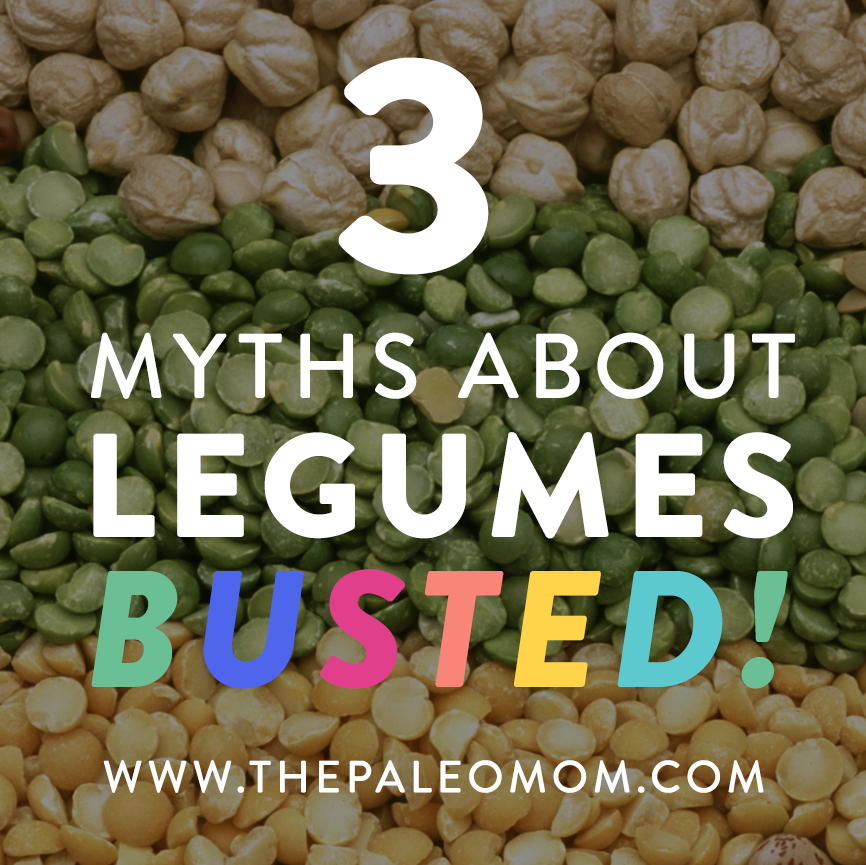 amounts of each lectin in the various types of legumes (surprising, right?) nor how to best prepare each type of legume to render them safe and maximize their nutritive value). Until the science can provide us with these details, the Paleo diet omits all legumes with the exception of those with edible pods due to their unique nutrient profile. And, just as is the case with gluten-containing foods, there aren’t any nutrients within legumes that we can’t get more and better from quality meats, seafood, vegetables, fruit, eggs nuts and seeds.
amounts of each lectin in the various types of legumes (surprising, right?) nor how to best prepare each type of legume to render them safe and maximize their nutritive value). Until the science can provide us with these details, the Paleo diet omits all legumes with the exception of those with edible pods due to their unique nutrient profile. And, just as is the case with gluten-containing foods, there aren’t any nutrients within legumes that we can’t get more and better from quality meats, seafood, vegetables, fruit, eggs nuts and seeds.
Citations
Essentials of Glycobiology. Chapter 30 (Plant Lectins) Varki A, Cummings R, Esko J, et al., editors. Cold Spring Harbor (NY): Cold Spring Harbor Laboratory Press; 1999. http://www.ncbi.nlm.nih.gov/books/NBK20717/
Messina MJ. Legumes and soybeans: overview of their nutritional profiles and health effects. Am J Clin Nutr. 1999 Sep;70(3 Suppl):439S-450S.
Nutrivore Weekly Serving Matrix
An easy-to-use and flexible weekly checklist
to help you maximize nutrient-density.
The Weekly Serving Matrix is very helpful! I’ve been eating along these lines but this really helps me know where to focus vs. which foods serve a more secondary role. It’s super helpful and has taken a lot of worry out of my meal planning. Thanks!
Jan
Vasconcelos IM, Oliveira JT. Antinutritional properties of plant lectins. Toxicon. 2004 Sep 15;44(4):385-403. http://www.ncbi.nlm.nih.gov/pubmed/15302522
Mechanisms of interaction with the gut barrier and the immune system are summarized with dozens of references in The Paleo Approach.

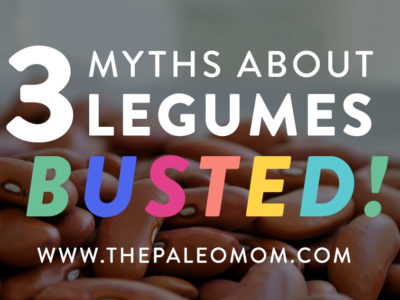
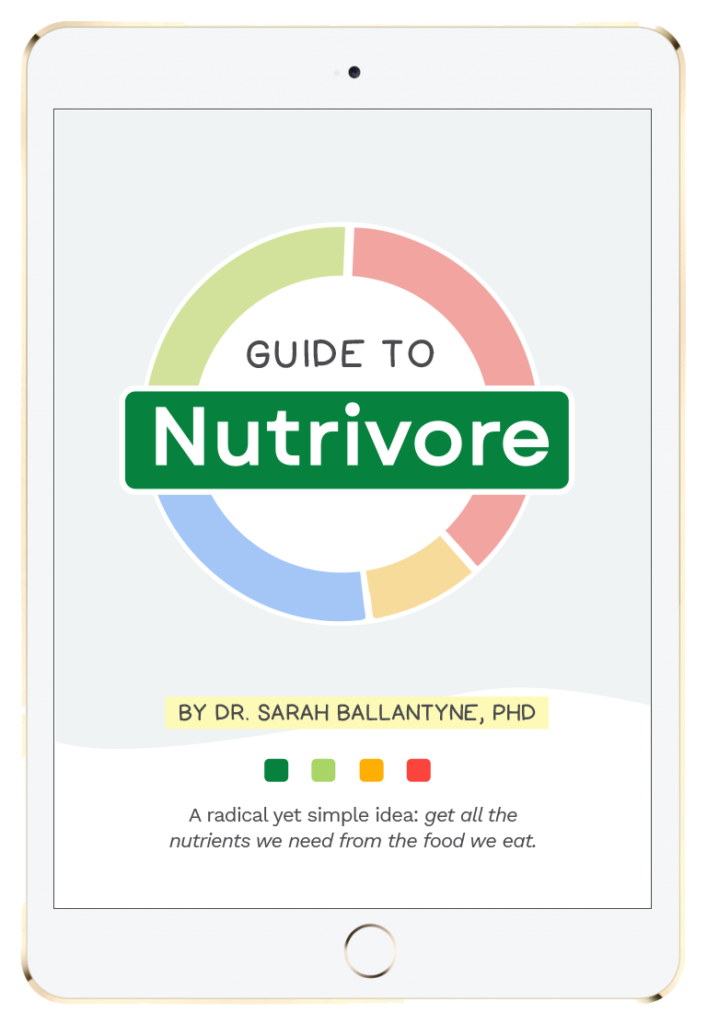
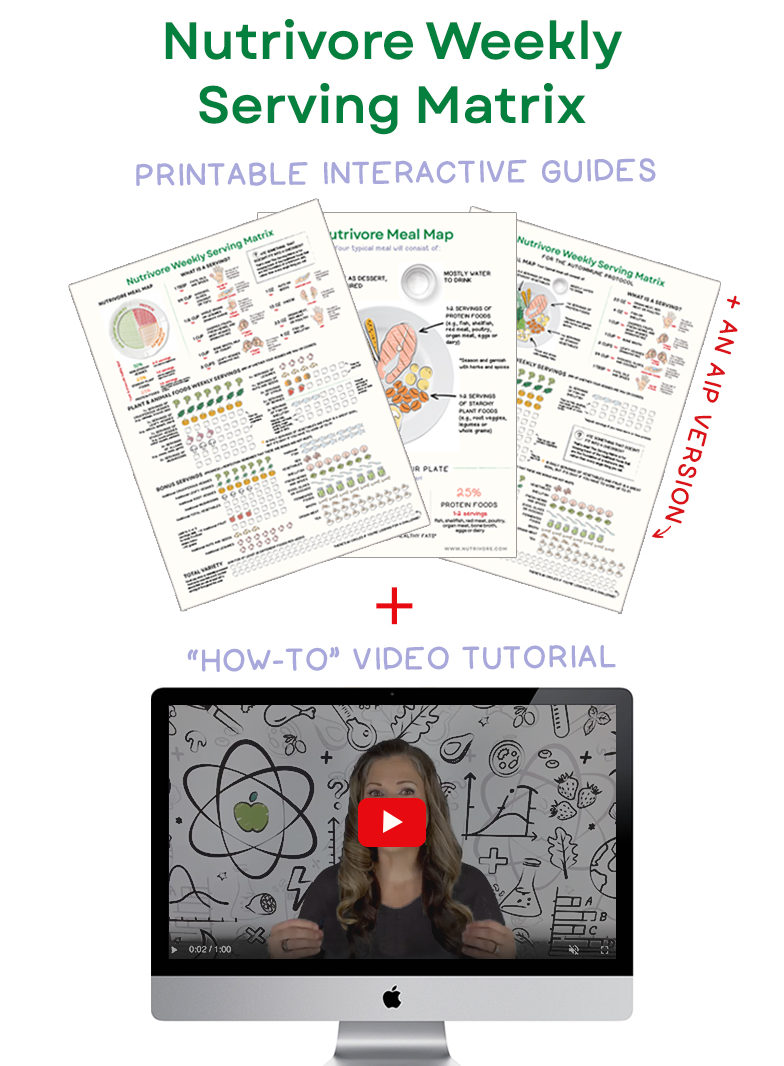
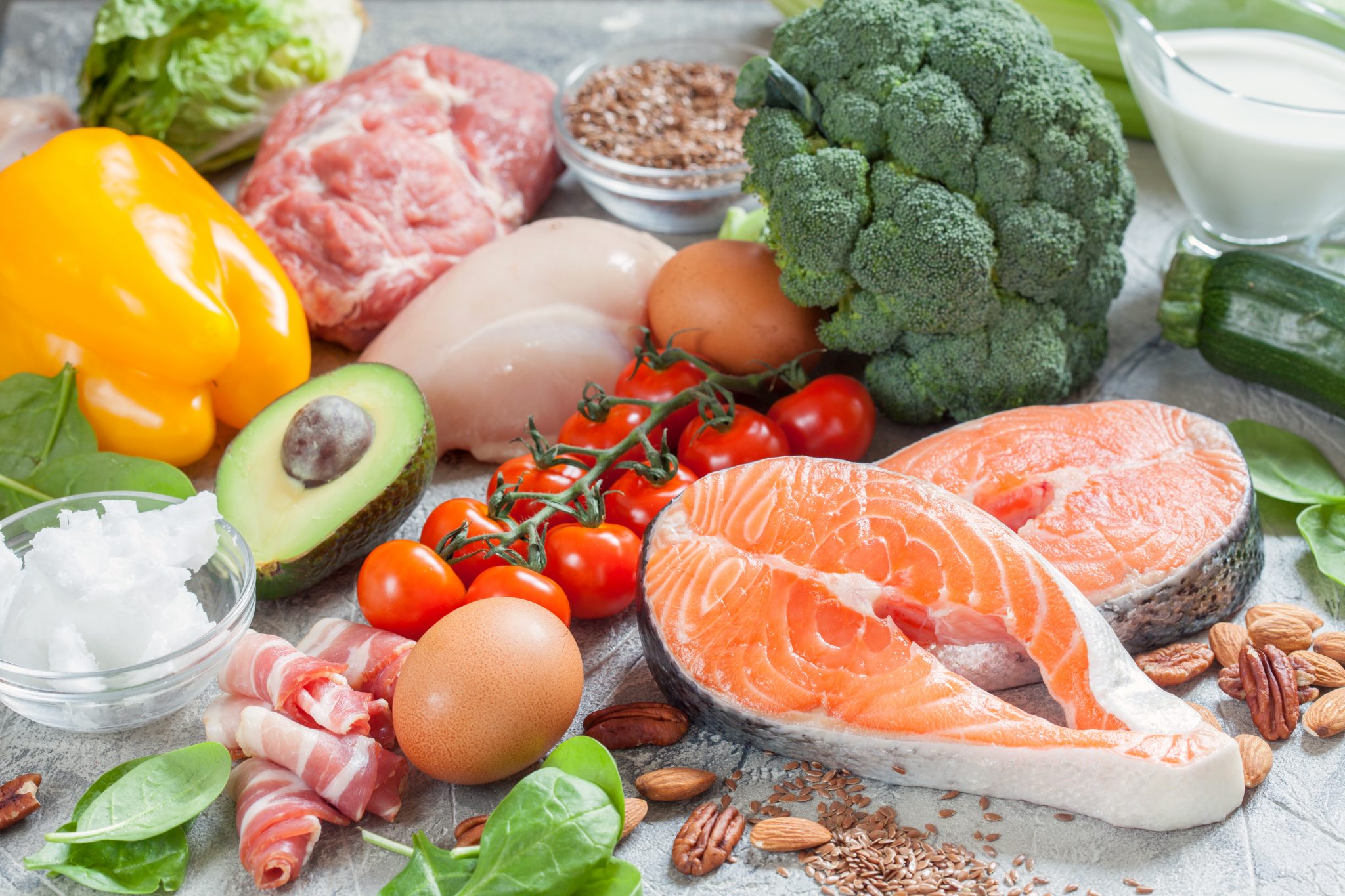
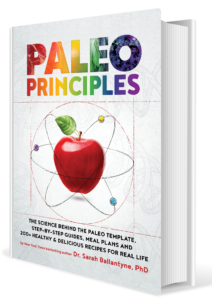
 Plant-Based Protein: What is its Role in the Paleo Diet?
Plant-Based Protein: What is its Role in the Paleo Diet?